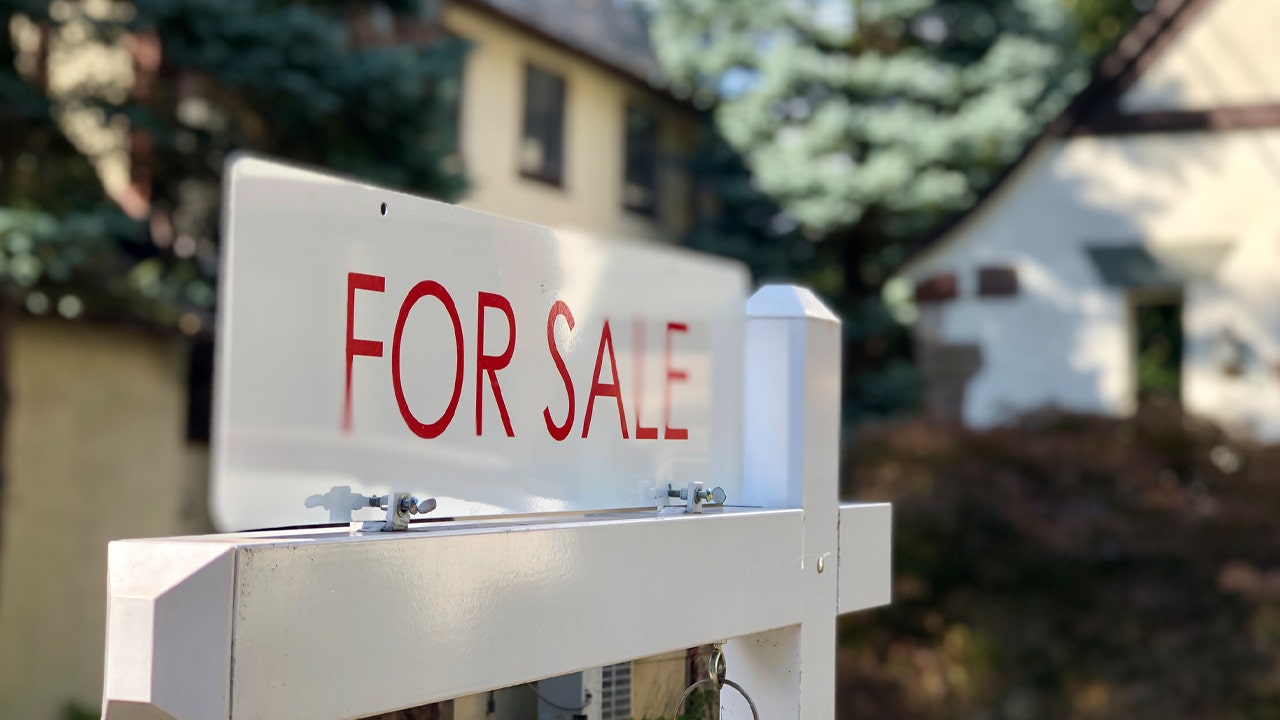
How the sale of a piece of Flatiron Park could impact its future and Boulder’s real estate market
Four months ago, the already-hot Boulder commercial real estate market saw what could be one of its most consequential deals yet, when BioMed Realty LLC purchased a 1-million-square-foot portfolio in the Flatiron Park business campus — located east of 55th Street between Arapahoe Avenue and Pearl Parkway — for $625 million.
That was the richest commercial real estate sale in Colorado history, $232 million more than the previous record. But the sale carries significance far greater than the sticker shock of the price, said Becky Callan Gamble, president of commercial brokerage Dean Callan & Co. BioMed is one of the largest life-sciences real estate firms in the country — it has nearly 15 million square feet in its portfolio — and it purchased the Flatiron Park portfolio with the intention to fill about 50% of it with lab space. It’s a sign that the biggest players in the life-sciences space want to be in the Boulder market, Gamble said, and it could be a massive boon to the industry.
“They are a very sophisticated landlord in the life-sciences market,” Gamble said. “What they bring is just a level of experience that we haven’t really seen in the life-sciences category. In the big picture, it’s great. They can attract different companies to come to Boulder from outside the area because of what they’re going to create. It’s nothing but good for all of Boulder.”

Gamble is one of the leasing agents for Flatiron Park along with Dean Callan & Co.’s Beau Gamble and Hunter Bartow, as well as Eric Abrahamson of global real estate firm CBRE.
The Denver-Boulder market has the eighth-biggest life sciences market in the country, according to research by the international commercial real estate services company Jones Lang Lasalle Inc. That places the region on par with markets such as Los Angeles, Philadelphia and Seattle, but far behind the four largest: Boston, the San Francisco Bay area, San Diego and Raleigh-Durham, N.C.
However, as life-sciences markets all across the country have grown over the past several years, Boulder has begun to become somewhat of a sweet spot: It’s a desirable place to live and work, with a strong research university in the backyard, but commercial rent has not yet climbed to the astronomical levels seen in the biggest markets.
That’s led to an increase in demand for lab space in Boulder, as companies try to capitalize on those advantages. At the end of the first quarter of 2022, according to research by CBRE, Boulder had about 1.15 million square feet of life sciences real estate inventory with no vacancies. In short, it’s a landlord’s market.
“Right now, there is no supply on lab space,” said Tod Brainard, director, partner and chief investment officer at Boston-based real estate firm Tritower Financial Group LLC. “There’s no space available. Any tenant that wants lab space built, they have to go to an existing lab space landlord to have it done or leave Boulder altogether and pay for it themselves.”
Tritower has purchased the building at 2300 55th St., along with two structures on Sterling Drive that it’s converting into lab space and marketing together as Boulder Labs. When those conversions are complete, they’ll add about 100,000 square feet of life-sciences real estate to the market into a market that has virtually no supply.
By purchasing the Flatiron Park portfolio and converting it to 50% lab space, BioMed will be doing the same thing on a larger scale.
Jon Bergschneider, president of West Coast markets for BioMed, said the company had been waiting for an opportunity to establish a sizable presence in Boulder.
“Boulder itself has long been a market we watched with great interest and enthusiasm,” Bergscheinder said. “It has a lot of unique characteristics: the university, a thriving venture-capital community, an educated workforce, life sciences and tech coexisting. We see that in some of the more exciting markets. It wasn’t until Flatiron Park came to market that we saw the opportunity for growth in size and scale.”
BioMed had previously been in Boulder in a limited capacity — until 2018 it owned the pharmaceutical campus at 3200 Walnut St. then occupied by Array BioPharma Inc. — but the limited size of that campus inhibited its ability to expand its business model in the market, Bergschneider said. (Biomed sold that campus to Tritower for $52.3 million — before Pfizer acquired Array — with Tritower selling it in January 2021 to Invesco Real Estate for $99 million.)

In the time between BioMed selling the Array/Pfizer campus and acquiring the Flatiron Park portfolio, “the industry as a whole changed,” Bergschneider said. “With the amount of investment in life sciences, we saw a rising tide in all of our key markets. Boulder was one that continued to receive strong positive funding. It continued to see increased demand and great market fundamentals.”
Now that BioMed has the Flatiron Park portfolio, it can begin the process of converting some of the existing office space there to lab space. Bergschneider said lab space makes up about 20% of the current square footage in the portfolio, and BioMed’s goal is to increase that to 50%. The remaining 50% of the portfolio will remain filled with tech and other tenants.
“We want to serve both life sciences and tech,” Bergschneider said. “We like to see a mix of those types of varying clients so we have a strong ecosystem.”
One of those tech tenants is likely to soon be Apple Inc., which is poised to take over nearly a quarter-million square feet of Flatiron Park.
For the buildings that will be redeveloped into life-sciences space, though, that will be the surest way to bring more life-sciences real estate to market given the city’s lack of vacant land.
“I think it’s no secret that Boulder is an infill community,” said Charles Ferro, development review manager in the city’s planning department. “From a policy perspective, there was a lot of intention around urban growth that precluded the city from sprawling. Most of the development we see in Boulder is redevelopment or adaptive reuse. As an infill community, finding raw ground is always challenging. That was a deliberate policy, but we are seeing a lot of adaptive reuse.”
For a landlord such as BioMed, that doesn’t necessarily present an obstacle.
“I don’t necessarily think that Boulder is limited by the lack of vacant land,” Bergschneider said. “We’ve got a lot of tremendous redevelopment in our portfolio. We just have to be selective in those redevelopments so you get a high-quality asset. We’ve seen big chunks of San Diego and San Francisco succeed with redevelopment. There’s more than enough room for it to grow, but it has to be thoughtful.”
Part of what made Flatiron Park such an attractive asset was that many of the buildings there “lend themselves to conversion,” Bergschneider said. Lab space requires more power and has greater HVAC and plumbing needs than traditional office or tech space. There has to be space above the ceiling to house all that. The building has to be sturdy enough to support that load. It may need service and loading docks. Not all buildings have those attributes.
“The downtown assets in Boulder that are over three stories, pretty much none of those would work for lab space,” Brainard said.
At Flatiron Park, BioMed plans to invest more than $200 million in converting buildings to lab space. With the lack of supply in the market, and investors putting that much money into improving the buildings, that puts landlords in a position where they can command higher rent prices.

In fact, lease agreements like this — where the landlord invests a lot of capital into improving the space for the tenant, then gets a high rental rate — are common in the bigger life-sciences markets. They’ve been rarer in Boulder, but investors like BioMed and Tritower are trying to change that.
Not only do those rental packages produce higher returns for the landlords, but they also often benefit the tenants who don’t have to invest their own money into buying real estate or into improving a building they don’t own.
“The dynamic you have now is that tenants can use their scarce capital to invest in a lab buildout and have lower base rent, or they can use that money to hire people,” Brainard said. “It’s better to use their capital on brainpower and let your landlord, who has a cheaper cost of capital, pay for the expensive lab tenant improvements. A lot of tenants are learning that lesson now, and their venture capital investors agree with us. The tradeoff is higher rents and that creates initial sticker shock, but it’s cheaper for tenants in the long run. We think it’s a better use of their capital. This is how it’s done in all the leading life sciences markets: Boston, San Diego and San Francisco.”
Said Bergschneider: “The mission-critical science that requires funding from venture capital, initial public offerings, whatever — all of that comes at a cost. What we are able to do is work with our clients, our tenants, and offer them the option for us to invest into the real estate, the reusable asset, while they focus their investment where the high return on investment is. That’s a message that is resonating well among executive teams and boards. In challenging economic times like we’re in right now, the value proposition we bring is pretty compelling.”
And given the lack of supply, these landlords with deep pockets will likely be able to wait until a tenant comes along who can pay the rent the market is saying they should get — and that could mean more prestigious life sciences companies coming to Boulder.
“We’re really excited about reentering the market,” Bergschneider said. “We’re here to help that market succeed and grow.”
Said Gamble: “These are big institutional buyers that have the commitment to the community, the commitment to the park and the commitment to the tenants that they are going to create something special. It’s great for all fronts.”



